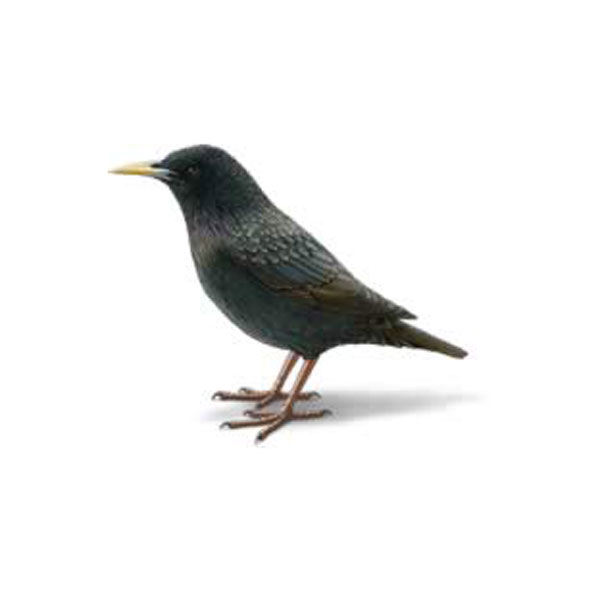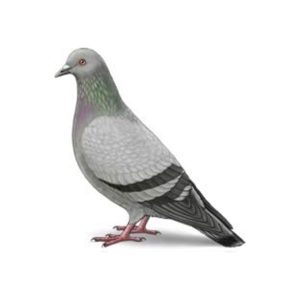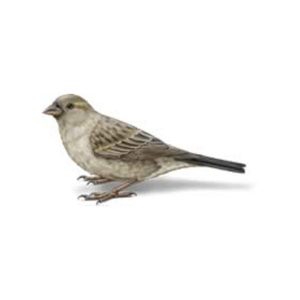Identify Starlings in Georgia
Starlings are easily recognized by their loud and boisterous nature. They are found throughout the United States and nest in large numbers near homes, where their presence can become dangerous for homeowners. Starlings are disliked for their loud vocalizations made at roosting time and because of the filth, they leave behind. Not only are they obnoxious to the senses, but starlings also pose some health risks to humans, by transmitting diseases. Additionally, starlings are bold, aggressive scavengers and can quickly destroy gardens and crops.
Starlings are medium-sized birds with iridescent black feathers, speckled with white spots during the winter. They have a sleek build, short tails, and long, pointed beaks that change color depending on the season—yellow in the breeding season and dark during the non-breeding season.
Where in Georgia Do Starlings Live?
Starlings can survive in both hot and cold environments, are not fearful of humans, and can become quite comfortable in urban environments where food and shelter are readily available to them. In cities and suburbs, starlings are often found nesting in building ledges, lighted signs, lamp posts, and even dryer and stove exhaust ducts and vents. Suburban areas see starlings utilizing attics and soffits when natural tree cavities are unavailable. In rural regions, starlings inhabit open fields, orchards, and farms, making use of available food and shelter.
How Common Are Starlings in Georgia?
Starlings are widespread throughout Georgia and are a common sight in both cities and countryside. They have successfully adapted to human presence and can be seen in large numbers near residential areas. Their ability to find food and nesting sites in various environments contributes to their high population density. Starlings are particularly noticeable in areas with abundant food sources, such as lawns infested with turf insects, which attract large flocks.
Do Starlings Carry Disease?
Starlings pose significant health risks to humans due to their potential to transmit various diseases. They are known carriers of encephalitis, ornithosis, and histoplasmosis. Additionally, diseases like cryptococcosis, E. coli, and salmonella can also be spread through starling droppings. The accumulation of droppings not only damages property by eating away at pavement and asphalt, but also poses respiratory health risks, as dried droppings can lead to conditions such as asthma.
FAQs
What Attracts Starlings to Your Yard?
Starlings are attracted to yards that provide easy access to food, water, and nesting sites. Common attractants include bird feeders, fruit trees, open trash containers, and lawns infested with turf insects.
Need help with pest control?
Ready for your FREE quote?
Fill out the form below and we’ll be in touch!
*During normal business hours. After hours inquiries will be returned the next business day.



